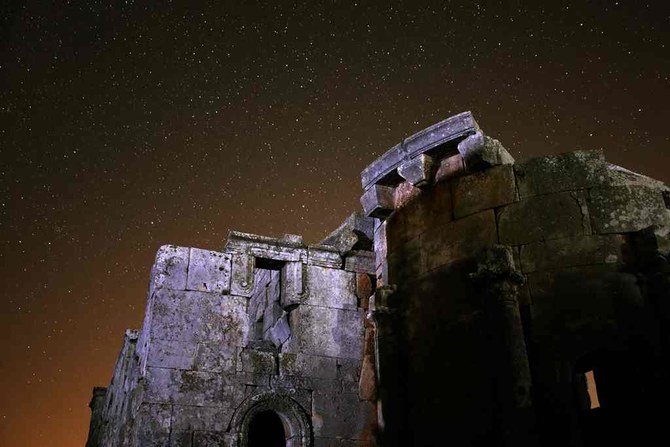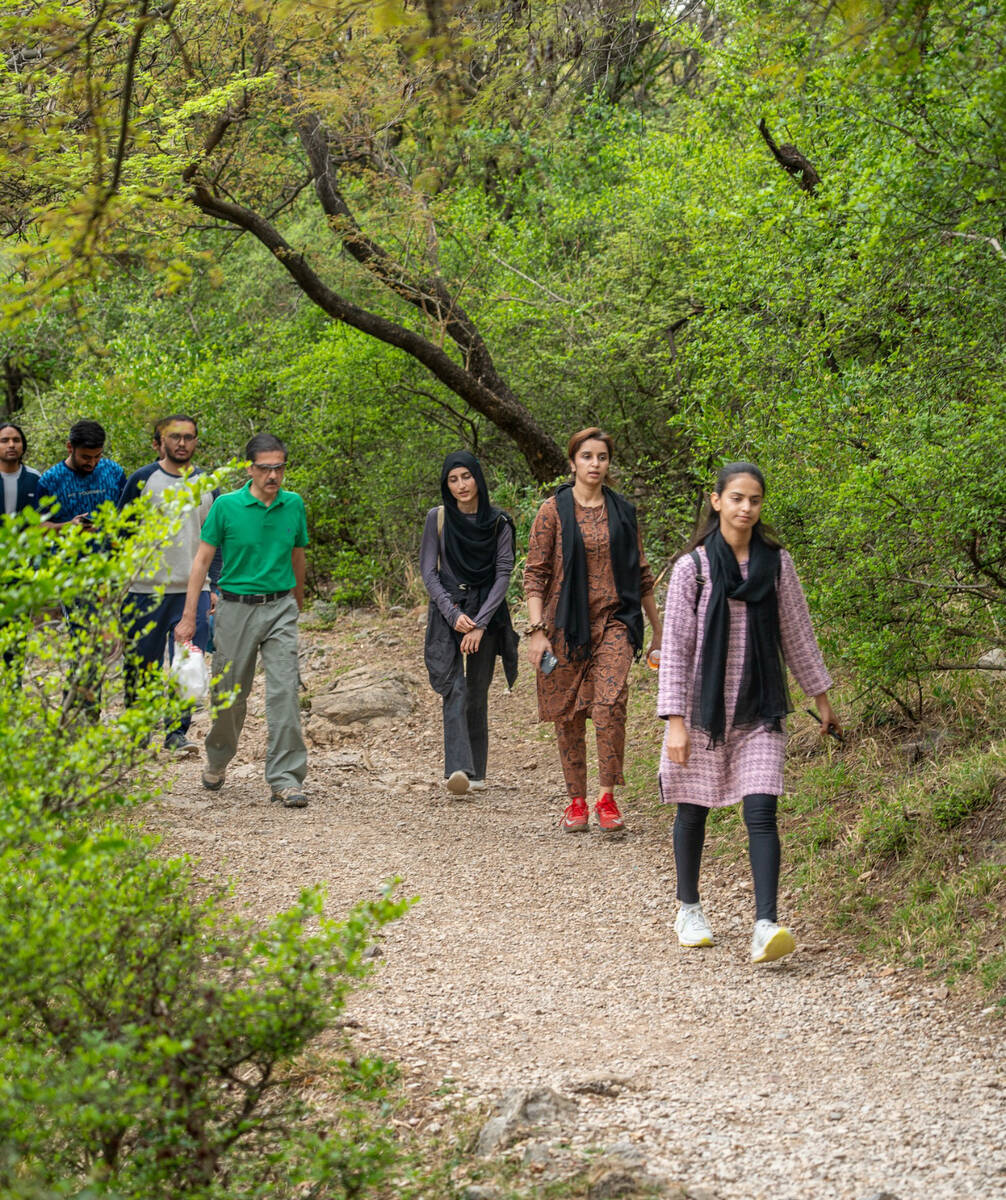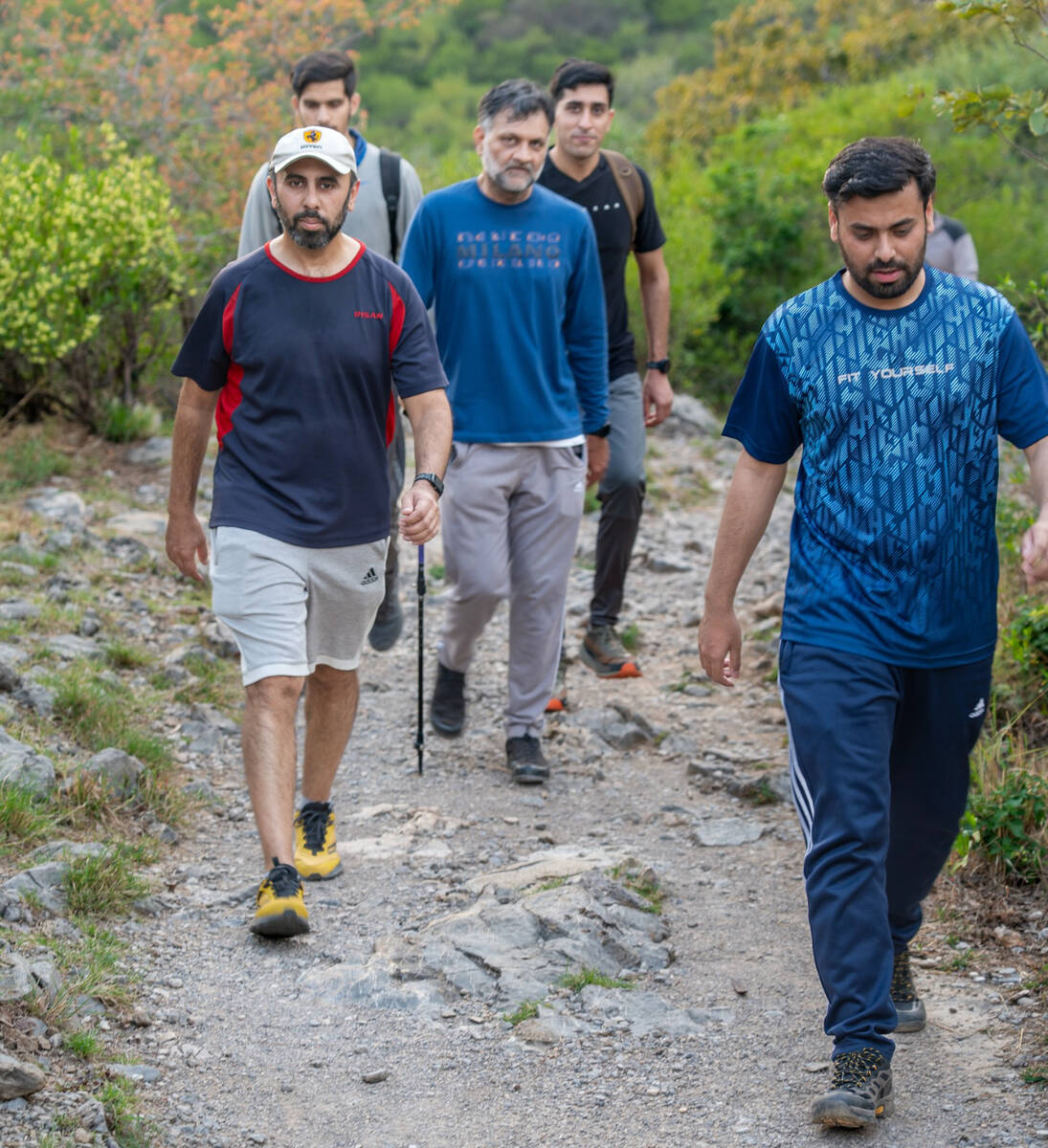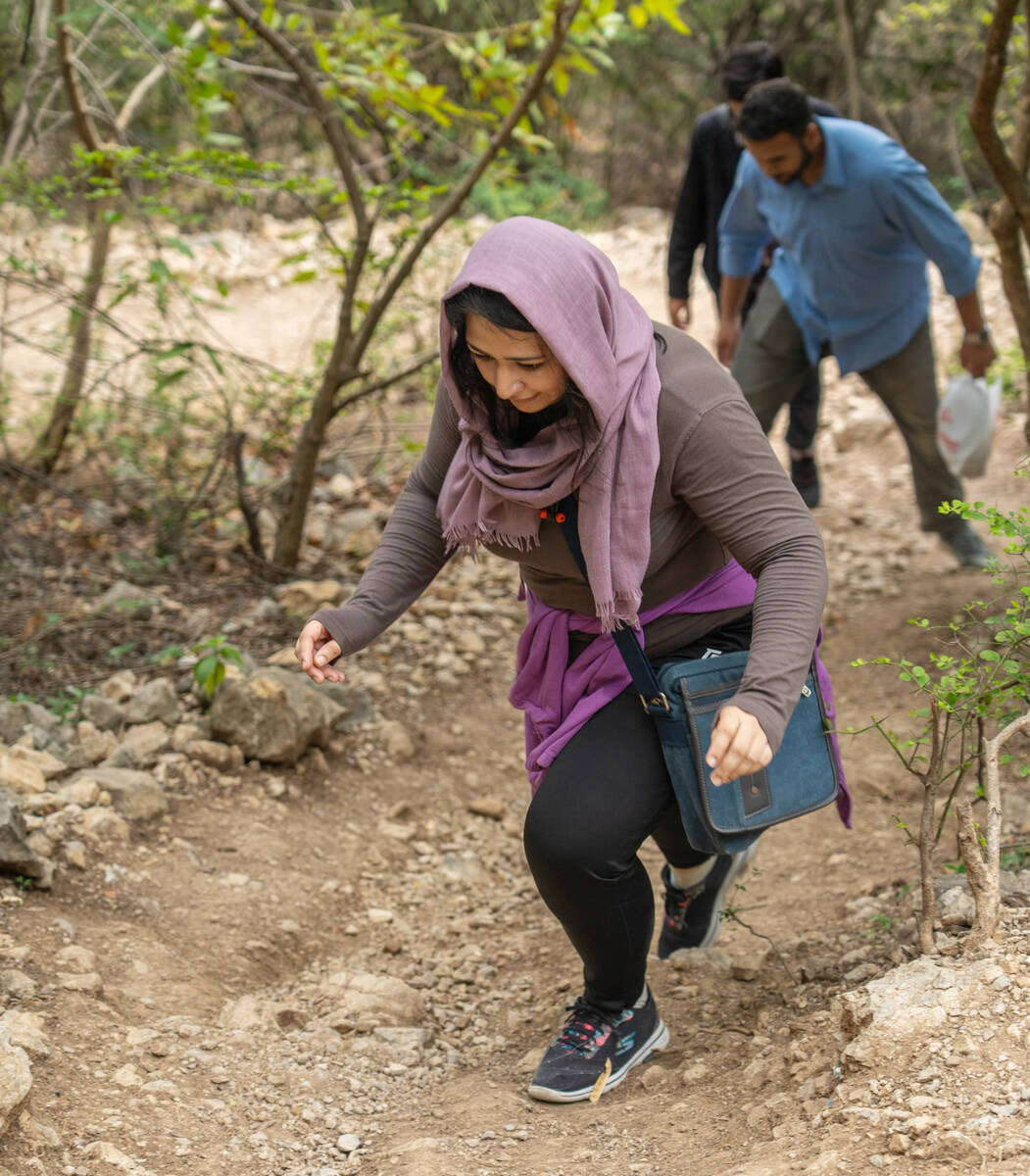LONDON: Despite 11 years of war tearing Syria apart, Idlib province and its ancient ruins made a perfect spot to shoot stunning images of the night sky, as shown in an AFP time-lapse video.
In the footages capture sparkling stars and the band of the Milky Way moving over the blackness of Idlib’s wrecked properties, destroyed towns, ancient ruins and archaeological sites, in northwestern Syria.
Over the bombed-out towns of Idlib, the stars and the Milky Way looked like specks of dust shining over the towns’ demolished properties.
AFP’s photographer clicked over a dozen long-exposure pictures during an unusually crystal clear night with no moon, showing the stark contrast between the demolished grounds and the Milky Way.
The time-lapse of the Milky Way is shown as it rises above the ruins of the Al-Bara archaeological site, and another clip shows views from a different site — the ruins of the Qalb Loza church, which dates back to the fifth century.
The 11-year-old civil war has killed hundreds of thousands of people, displaced half the country’s population and turned large swaths of it into debris.
Though enormous areas of Syria have no electricity due to the ravaging war that has damaged most of the power stations, the region of Idlib provides the best view of the galaxy.
The video also shows the galaxy glimmering in the night sky as it eerily lights up an abandoned and destroyed amusement park on the frontline between regime forces and rebel fighters, in the town of Al-Nayrab in Idlib.
Meanwhile, the Saudi city of AlUla is one of the tourist destinations that people from all over the world visit throughout the year because of its diverse nature and archaeological sites that have been followed by many civilizations thousands of years ago.
During the summer season, many tourists travel long distances to search for calm and to watch the stars in the clear skies from the ancient city.
July is one of the months during which the Milky Way galaxy appears clearly after sunset.































